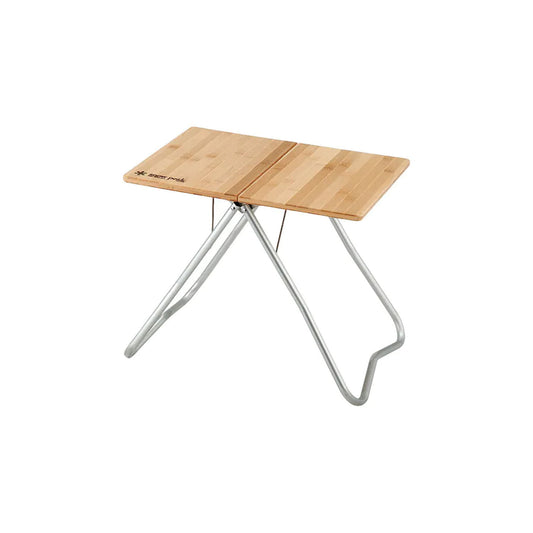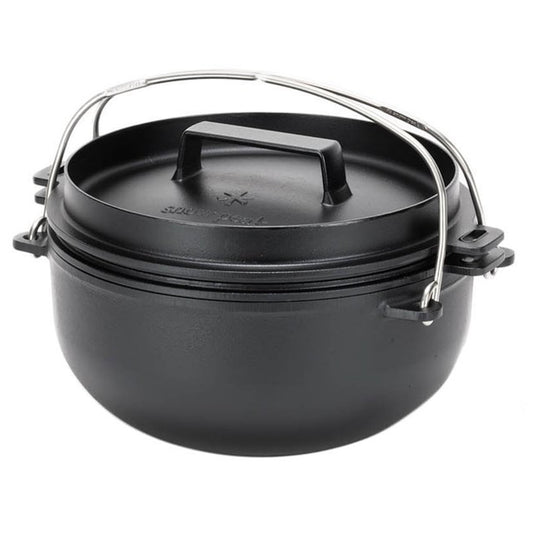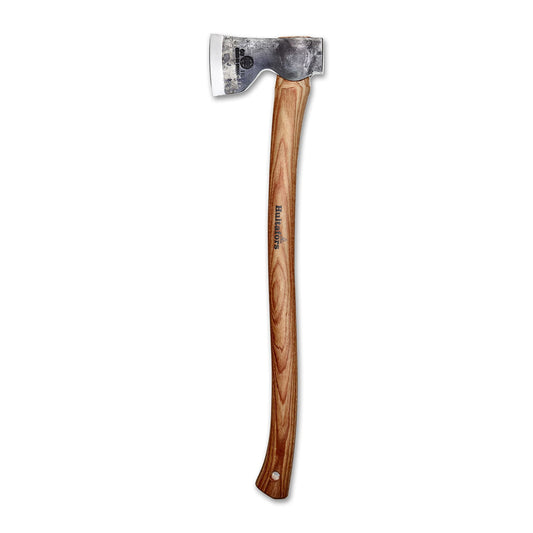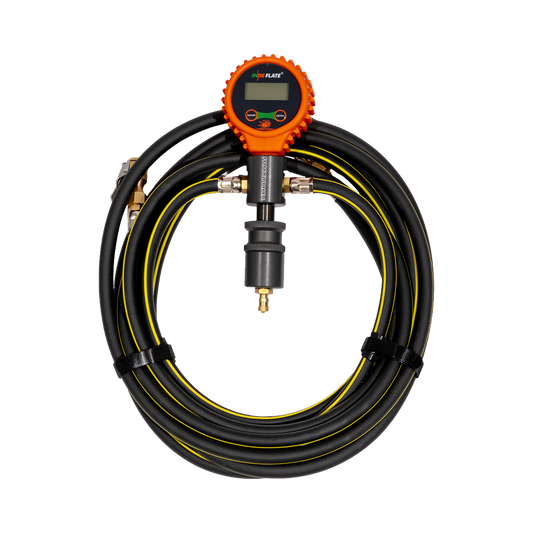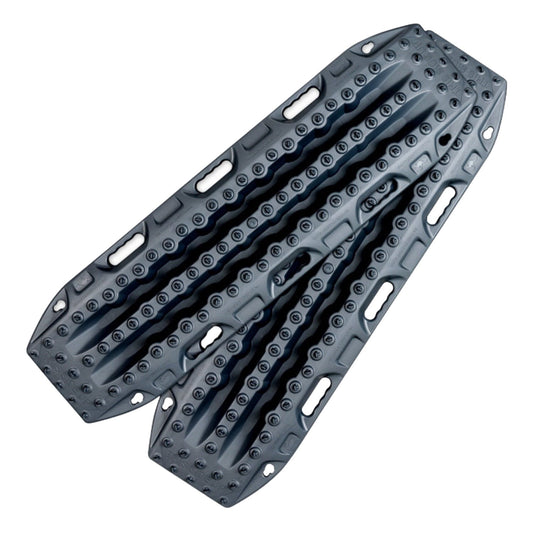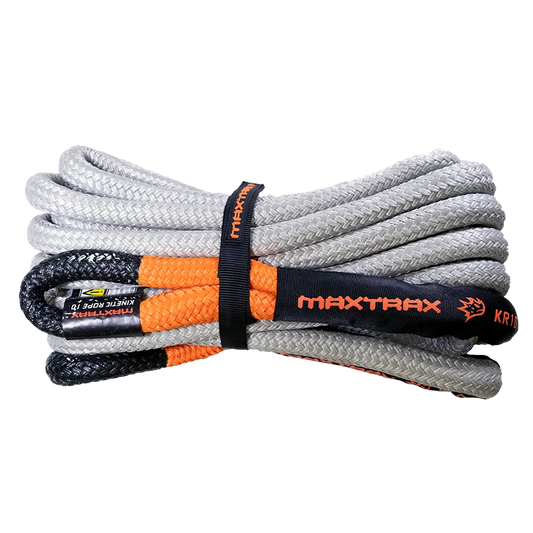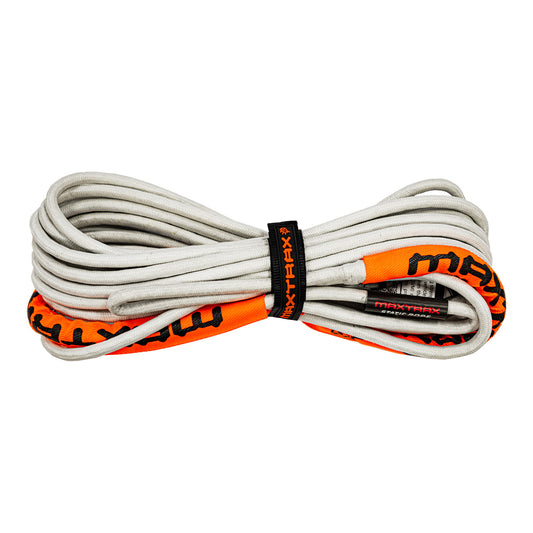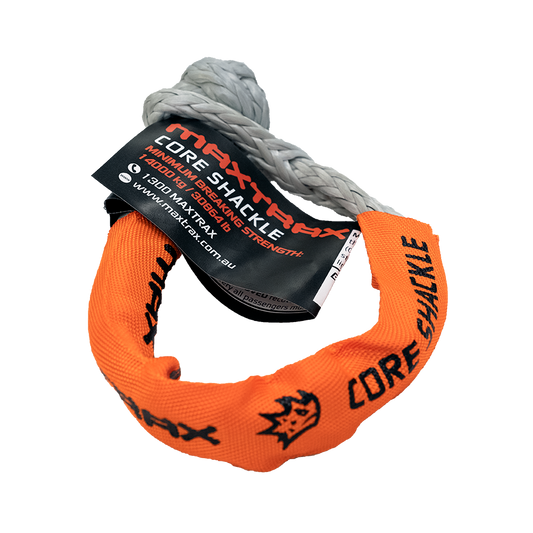With electric winches, hand winches, wheel winches, shovels, exhaust jacks, hi-lift jacks, snatch straps and more – when it comes to four wheel drive recovery gear it can be hard to know where to begin.
Rather than rushing in and acquiring it all at once, we’d instead encourage starting with some high quality basics, and then slowly expanding from there.
For most touring style trips this is the gear we recommend as a comprehensive start:
MAXTRAX
Serving double duty as both recovery aid and shovel, MAXTRAX are our most regularly used piece of recovery gear.
They work extremely well in sand and mud, work with a single vehicle, without anchors and are one of the simplest and safest options available – and it’s for all these reasons they top our list.
With a little effort they are dug under the tyres. Once in place they offer a stiff ramp up out of, and beyond, whatever has stopped you.



RATED RECOVERY POINTS
Snatch, be snatched, be winched – you’ll need rated recovery points – both front and rear. You won’t need to look far to find endless stories of failed attachment points. Cars, and yes most 4WDs, come with attachment points that are designed simply for the static forces involved in tying them down during transport. Our tow balls are designed with a similar static forced in mind.
In recovery situations the forces are dynamic, and much greater. Snatch straps are effective at recovery by creating an enormous forward pull from their elasticity. If the recovery points are not rated they can, and often do, let go – rocketing shackles and straps as they do.
With most 4WDs having a sturdy tow bar, the rear attachment is easily taken care of by replacing your tow ball with a recovery hitch when off-roading.
In the front it’s a matter of researching rated points to suit your model. Some manufacturers offer a sturdy point designed to be used as a single point. Others offer a pair of points which are designed to be used with a bridle to share the load across them.

SNATCHING EQUIPMENT
Once your vehicle can safely be connected to, the next handiest bit of recovery gear around is the tried and tested snatch strap.
We carry a snatch strap, bridle, shackles and a dampener. It’s important to buy a snatch strap that is matched to the wight of your vehicle. In this instance the stronger ones are designed for very heavy vehicles with trailers and aren’t the best for a light 4WD – they don’t stretch enough.
Make sure your shackles are also rated to a strength that they aren’t the weak link in your line up. We keep ours clean and ready to go by storing them inside the vehicle.
The orange vest looking number above is a weighted dampener. This is attached by velcro to the middle of the snatch strap as back up. If anything breaks it’s designed to help drop the strap to the ground and limit the chance of injury.

THE KNOW-HOW
Recoveries are a time when family and friends can most easily end up in the line of danger. Learning how to use your recovery equipment safely can actually be quite a lot of fun. It can also be one of the best ways of developing the skills and judgement to help avoid getting in to trouble to begin with.
So whether it’s with a professional, a club or an experienced friend – it’s absolutely worth learning how to use the gear you carry.




